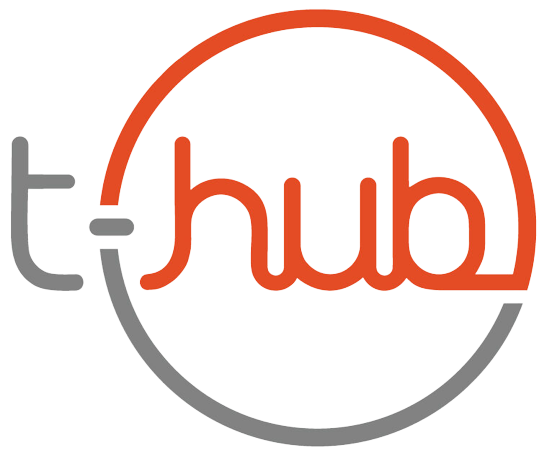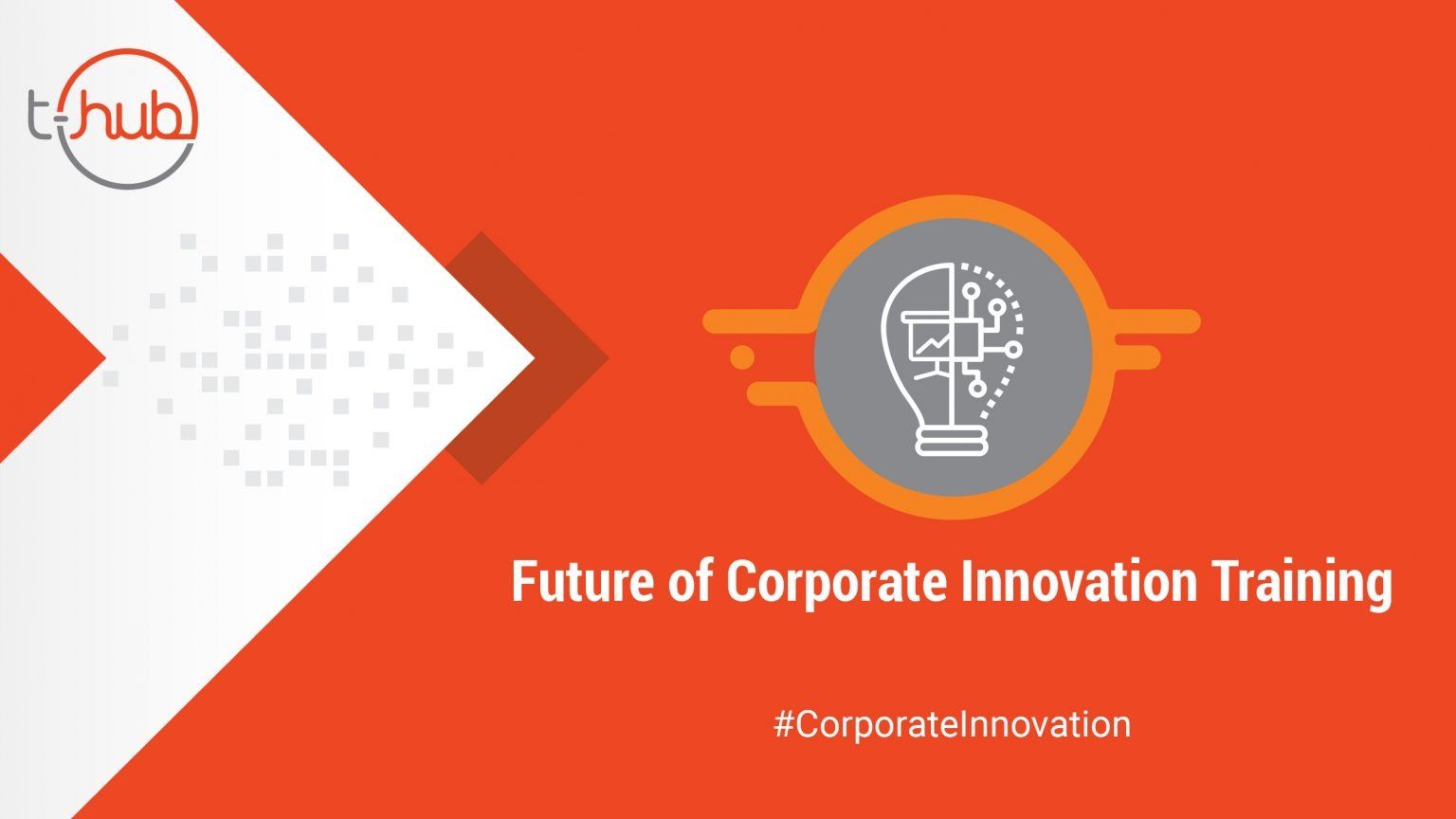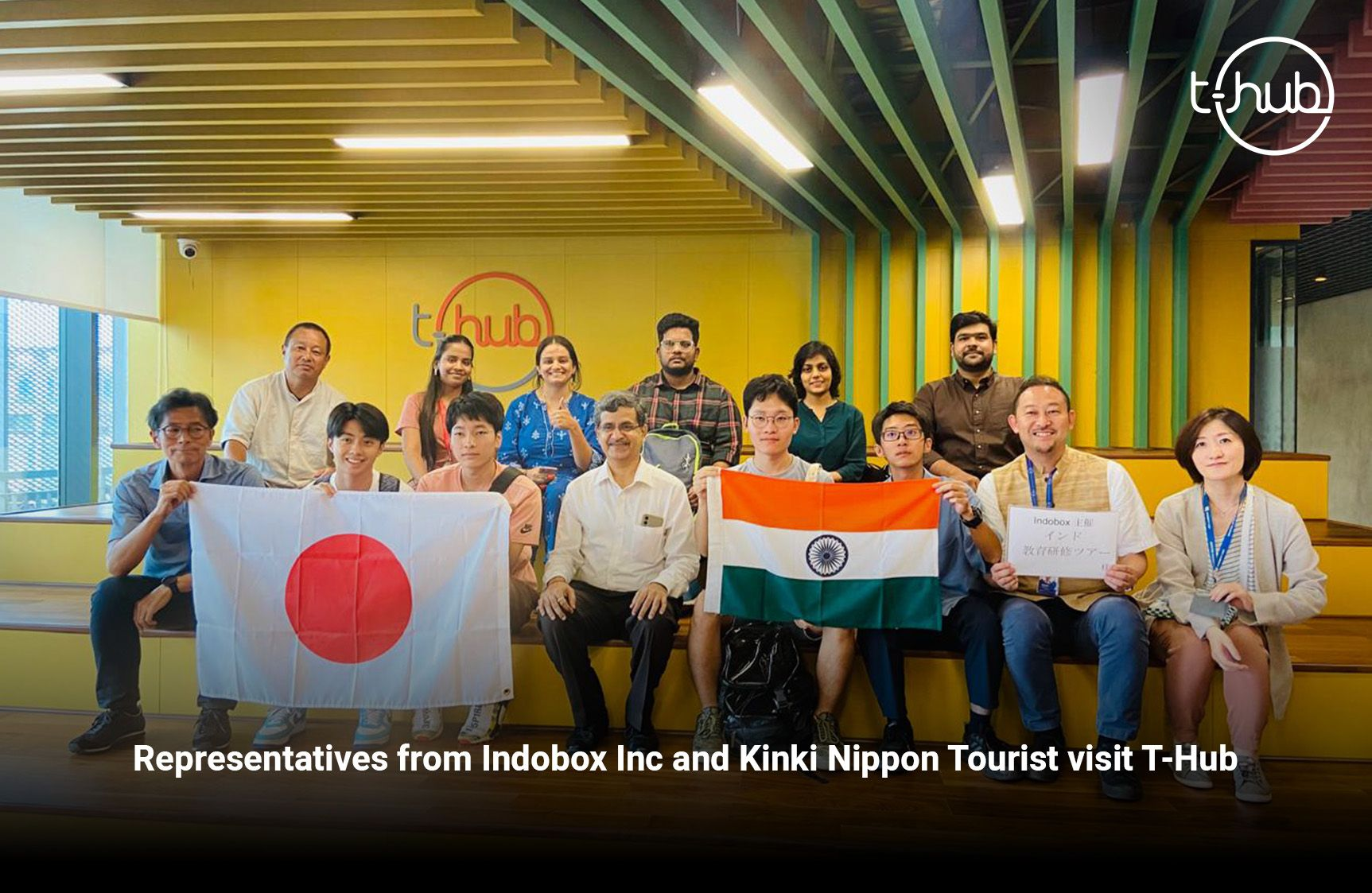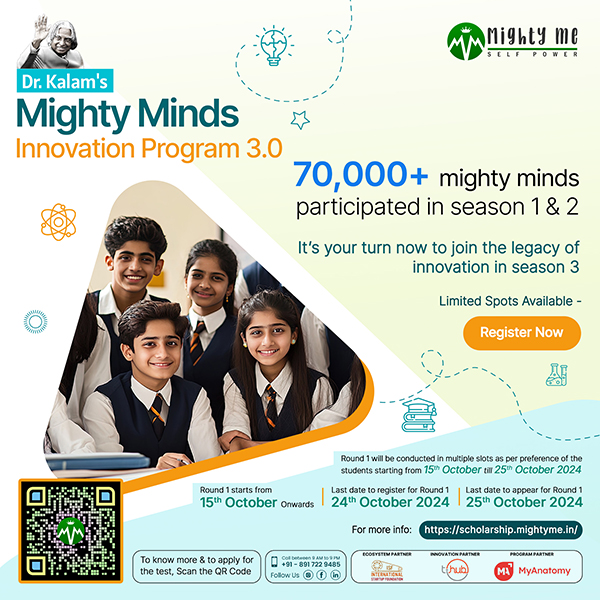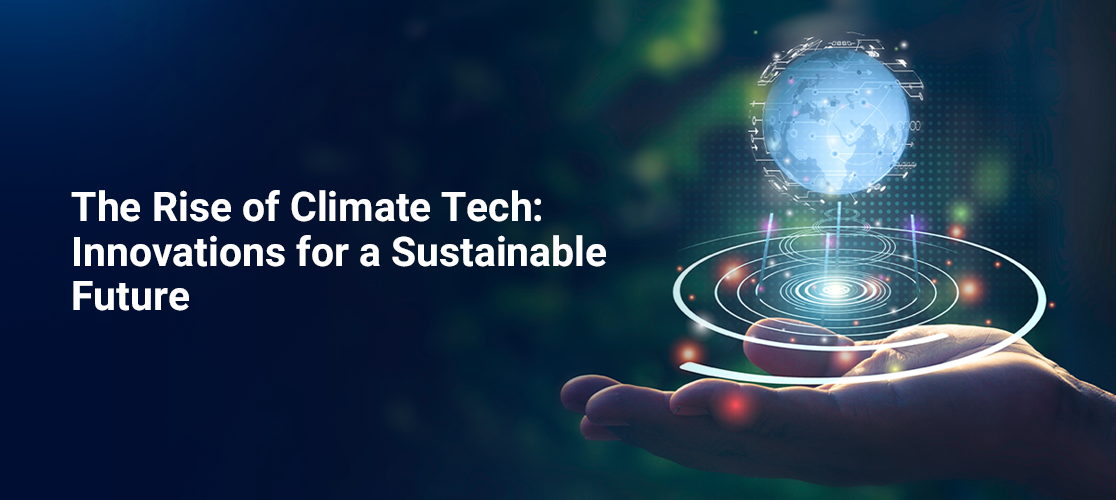Innovation is no stranger to the field of Human resource departments. Many forms of innovative interventions have been introduced over the decades and now corporate learning and leadership development will change forever, with most programs moving to a digital and ‘blended’ format. These have been aimed at improving the effectiveness and the efficiency of learning and training delivery, and include process-oriented approaches (i.e. instructional design processes and performance improvement systems), training delivery technologies (i.e. game based learning, and MOOC platforms), and incorporating equipment and products. Innovation has taken place to create new material products or production processes, and more importantly, to shape new skills and capabilities that allow us to do things that could not be done before and do them in a better or more effective way.
Argyris and Schon (1996) have long argued the importance of double-loop learning in organizations. Single loop learning is the learning process that enables the organization to function within the scope of existing policy and routines. Organizations and employees are quite good at single loop learning because they can evaluate their learning or behavior outcomes against a set of predetermined learning objectives or performance standards. Double loop learning, on the other hand, demands the capability to question existing policy, routines and assumptions for the purpose of creating new ones. It transcends current thinking and shifts current practices to allow organizations to be innovative and proactive. Fundamentally double-loop learning initiatives have 2 things in common. They stay agile and they continue to experiment with required calibration.
- Staying Agile Drives Innovation
Employees can be trained on adapting to business needs, but adapting your L&D strategy to their present and future needs will help employees materialize how innovation is, or can become, a regular part of how your company conducts business. That personalization can come either from our professionals accessing required content at the right time for them, or from choosing specific content relevant for their role and the clients they’re working on.”Since Markets and technologies move quickly, by implementing an agile L&D strategy you can train employees on how to adapt to the fast-changing priorities of your organization and your industry, and implement new innovations on the fly.
- Experimentation Requires Recalibration
Experimentation is a crucial part of innovation, and some would argue that there’s no innovation without experimentation. As you figure out what training strategy shows itself best in your metrics, and has the most positive impact on employee satisfaction and performance, it is important to take the time to do a post-mortem on the training strategies, evaluate the needs of your organization, and the current trends of your industry to re-strategize how you implement innovation through L&D. Core idea is to be flexible, but also stay reflexive.
Although staying agile and continued experimentation for calibration help to make the initiatives successful, the main challenge that hinders this success is the employee engagement and knowledge retention for practical applications. Introducing Gamification!
Gamification of Innovation Learning
If you would ask employees about things that motivate them, the answers would likely be rewards and identity. It is important for companies to enlist all those things in learning strategies which could motivate employees. Apart from being fun, educating and thrilling experience, gamification does provide lots of benefits.
- Better Learning Experience: There is a direct relationship between learner engagement and knowledge retention. An actively engaged learner has the ability of speedier recalling of what was learned
- Friendly/comfortable Learning Environment: Learners can easily fit in themselves to the place where they would experience real-life situations to reinforce learning efforts.
- Immediate Feedback: Information reinforcement is so immediate in gamification that learners get instant feedback about decisions they make.
- The Easiest Way to Improve Behaviors: Gamification has come a long way since inception; it is now in tandem with scientific principles which paves the path for positive behavioral change effectively.
- Millennial inclusion: Millennial workforce is reluctant to the traditional learning programs. Gamification-based training is what that will impress learners and help them retain the information required at the relevant scenarios
Shifting organizational culture from the training room will allow you to build a culture of innovation. In today’s dynamic and ever-changing economic climate, innovation is less of a choice and more of a business imperative. Similar to entrepreneurship, innovation requires a context of engagement and interconnection between people, stakeholders, and ecosystems in order to flourish — in other words, an innovation ecosystem.
We at T-Hub are constantly researching methods to improve innovation quotient in employees through immersive learning. Our meticulously designing intrapreneurship programs will create direct impact on product development and growth of the organization. Know more, https://bit.ly/3bquTYD.
